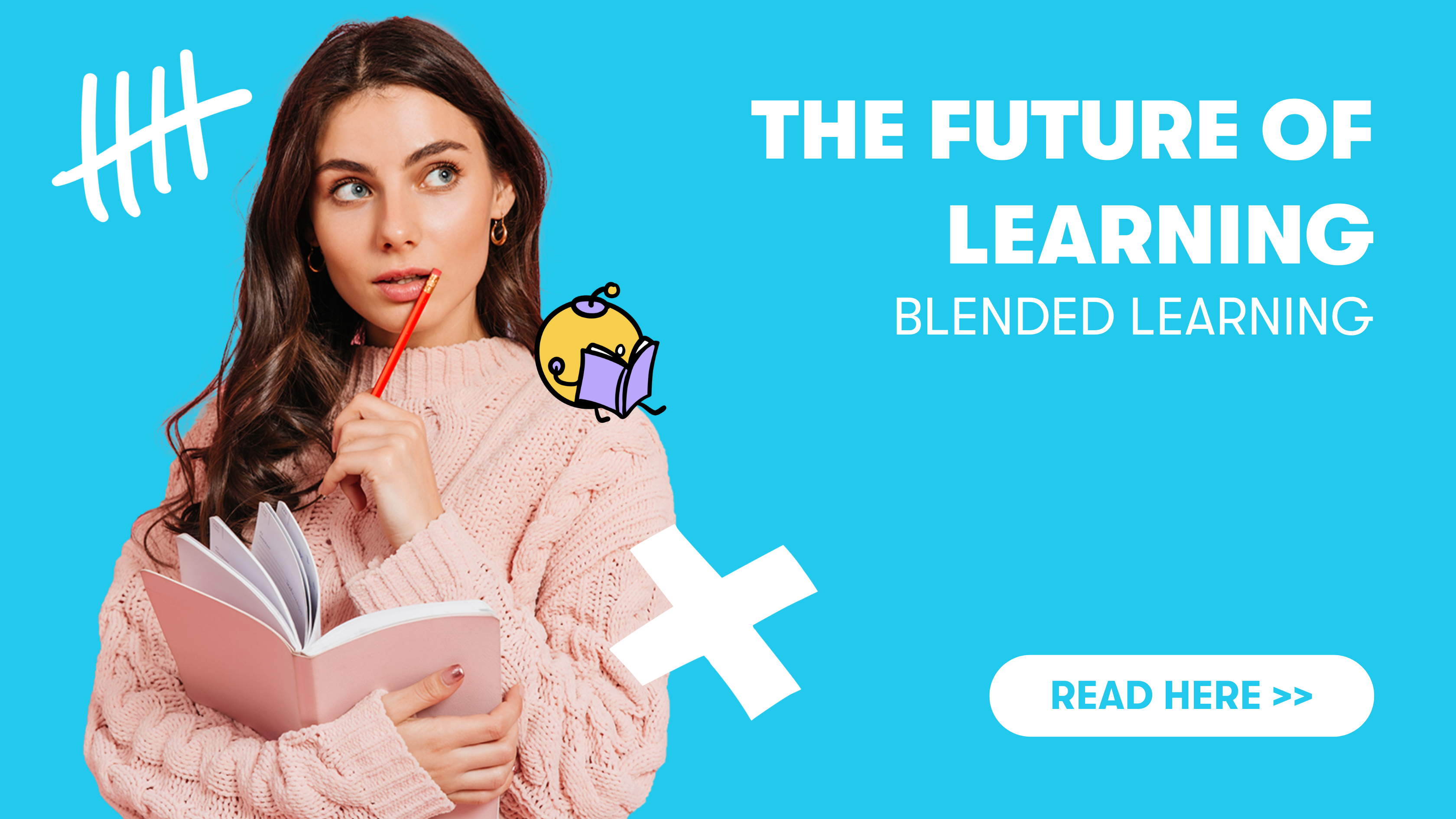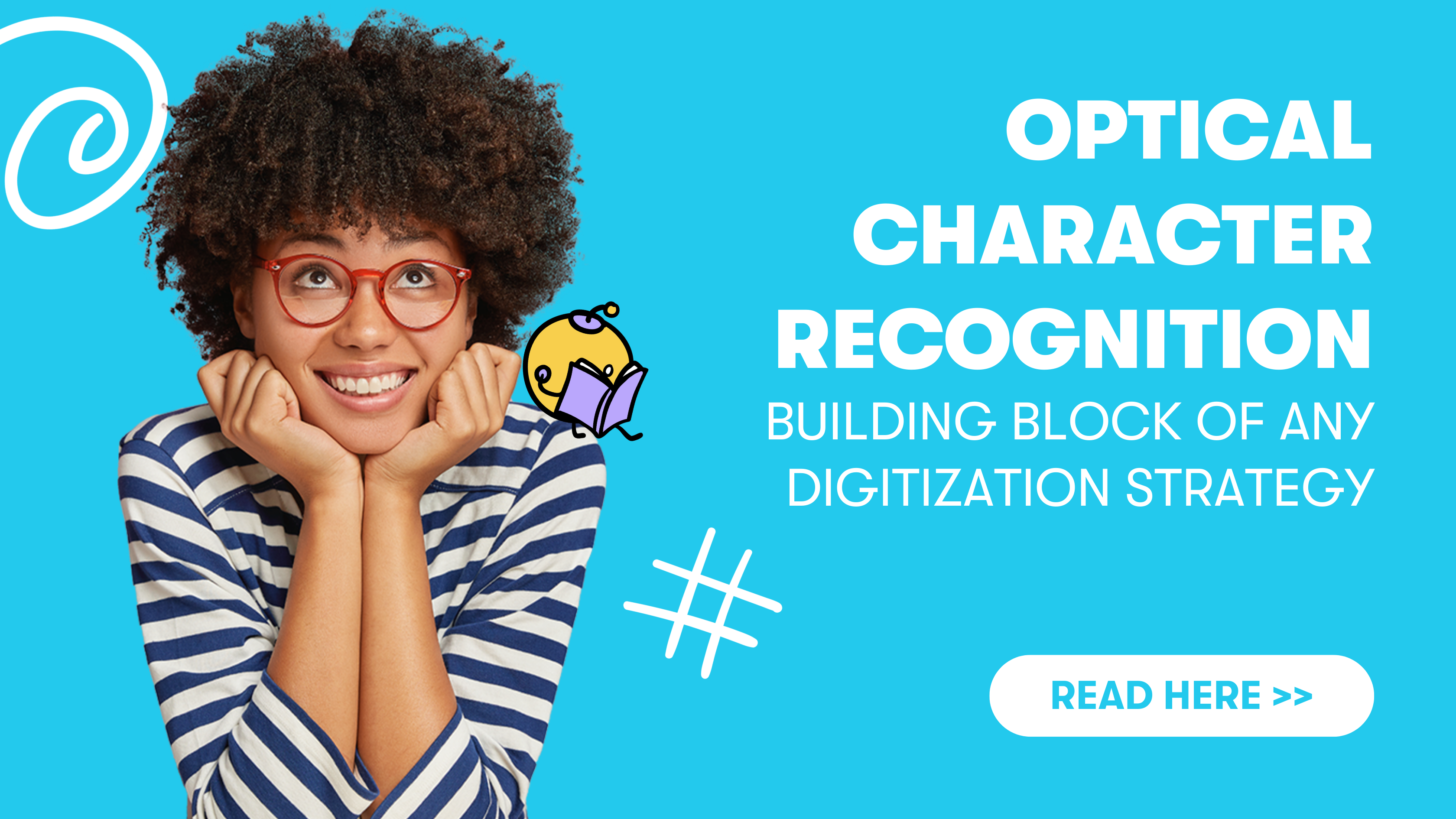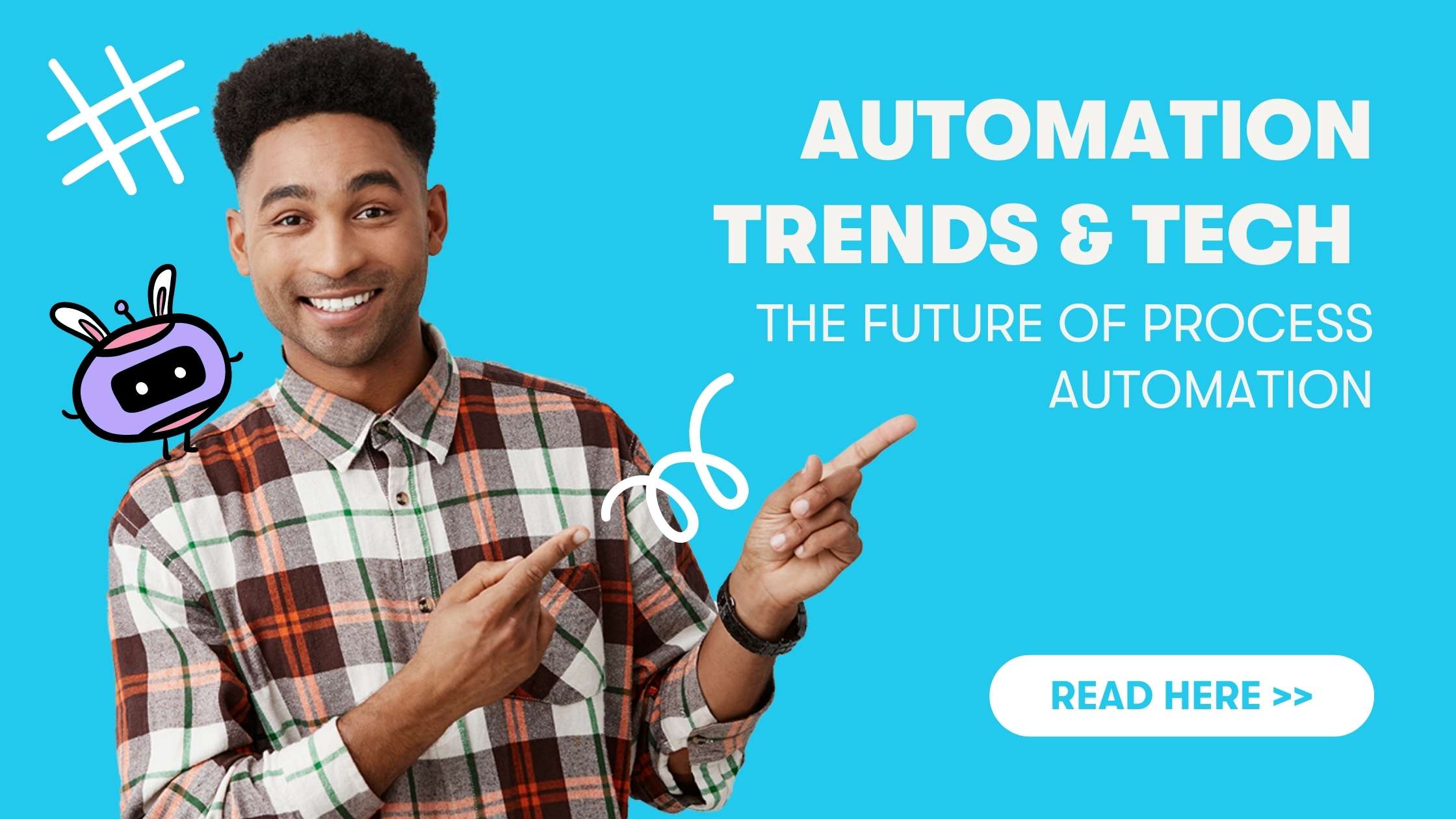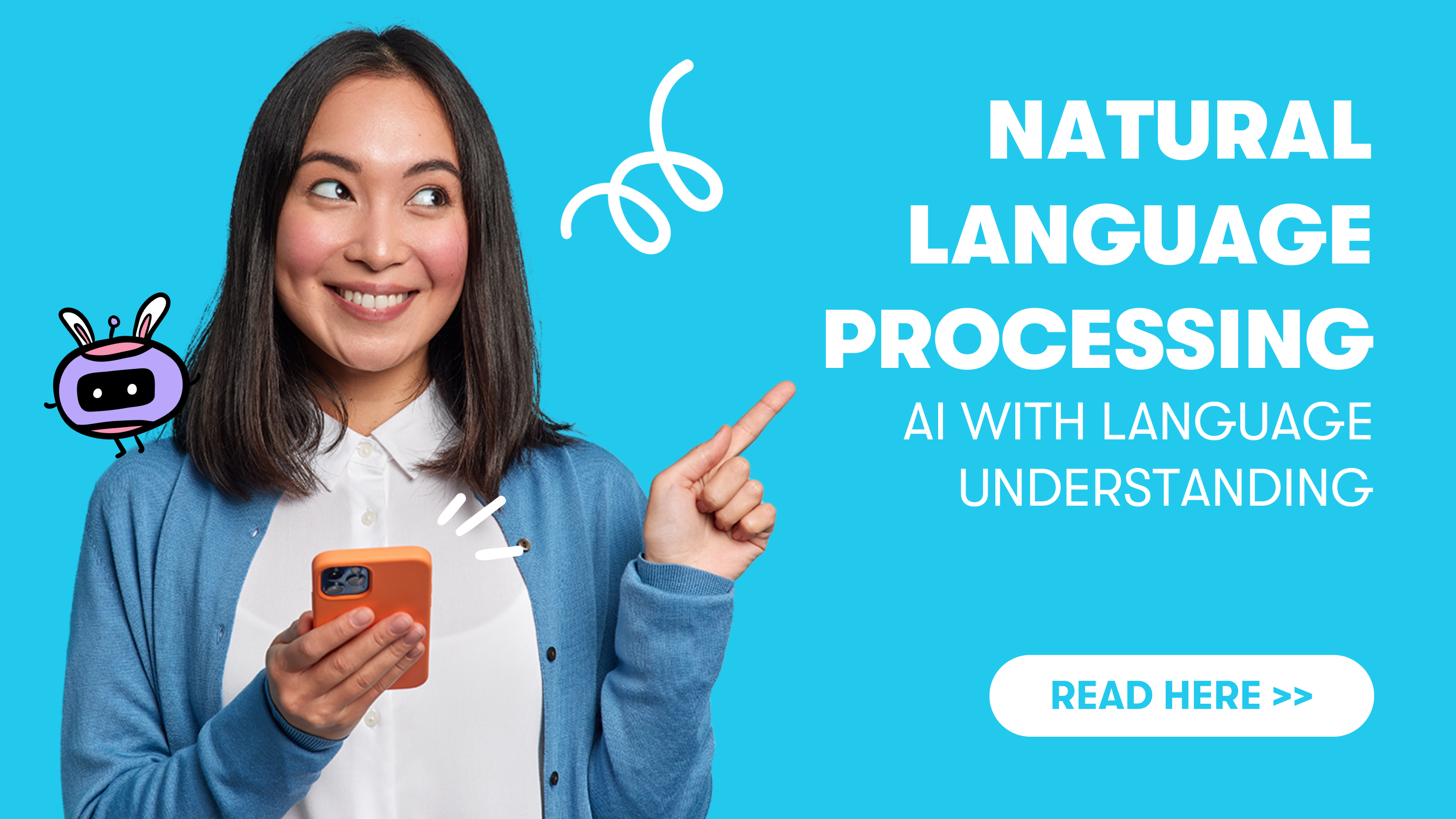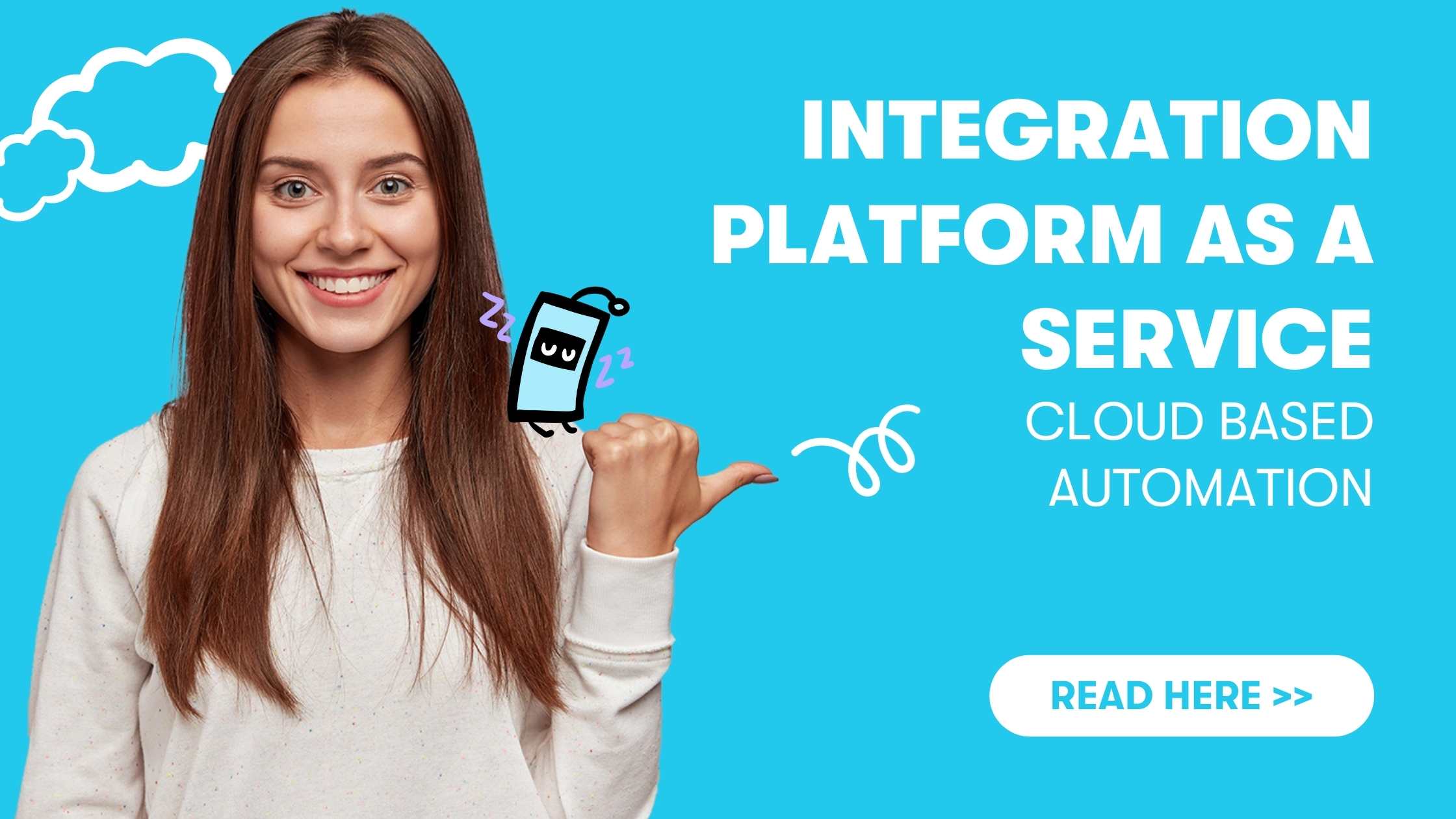Given the rapid pace of technological innovation, which demands ever new skills and mindsets from employees, companies must find ways to successfully meet the increasing automation challenges with appropriate training concepts and models. The current coronavirus crisis has also suddenly forced companies to face another reality in which continuous training and coaching are more important than ever. Contact restrictions and the need for home office or remote work are ensuring that more and more companies are adapting to technological and, above all, social change.
E-learning makes learning more global
More and more companies are putting together learning programs to help their unsettled employees cope with current developments through topics and content that impart know-how and competence. Digital learning units can, for example, help employees smoothly manage the move to a home office or help them organize remote work. Using virtual classrooms and webinars, managers and coaches can keep in touch with their employees, enabling virtual social exchange, which is crucial for remote work and home office. E-learning makes every form of learning more digital, global and multimedia. Undeniably, Covid-19 has ensured that digital learning is currently experiencing incredible hype.
LMS no longer first choice
However, according to recent surveys, classic learning management systems (LMS) such as Cornerstone, Docebo or Absorb LMS, which are often used for the provision and tracking of online training initiatives, are no longer the first choice. Especially when it comes to workplace learning, tools like Zoom and especially Microsoft Teams are clearly in the fast lane. Microsoft Teams is so successful because it is working hard on features for large groups and meetings, incorporating the use of chatbots and enabling the integration of collaboration tools such as Mural and, most recently, even the Moodle learning platform.
Different types of eLearning
But what the experience during the Corona crisis also clearly showed: Not all e-learning is the same. It makes a big difference whether you organize a live session in which people can interact directly with each other or simply send a video that the recipient can only receive. In this respect, a distinction is made between asynchronous and synchronous online courses.
Asynchronous online courses
In asynchronous online courses, participants learn independently at different times and locations without real-time communication. Participants are provided with content and assignments and are given a time frame to complete coursework and exams. Interaction usually takes place via discussion forums, blogs, and wikis.
Synchronous online courses
In synchronous online courses, course participants can collaborate on a learning activity simultaneously from anywhere in the world. Real-time synchronous online learning often includes text, video, or audio chats, as these tools allow course participants and instructors to ask and answer questions instantly while communicating with other participants. This type of community-oriented online learning eliminates many of the commonly cited drawbacks of e-learning, such as social isolation and poor relationships between instructors and course participants, as well as among participants. Synchronous e-learning is currently one of the most popular and fastest growing types of e-learning.

Wide range of learning measures
Taking a more nuanced view, the spectrum of learning interventions certainly starts with traditional classroom training.
The classic classroom
The advantages of traditional classroom training are clearly the direct contact between the trainer and participants and the minimal technical challenges involved in this learning activity. Classroom learning allows learners to discuss their understanding of the learning material with the educator and gives the educator the opportunity to identify gaps in the learners' knowledge and understanding. Learners as well as educators, however, show a strong inclination to find more innovative ways of teaching and learning. In such an environment, technology plays a critical role in supporting teaching methods. As a result, education is increasingly blending traditional and digital materials.
Learning with digital devices
When one speaks of e-learning, one spontaneously associates schooling and learning on digital devices. The teaching material, such as audio and video documents, is stored centrally and made available digitally for downloading or streaming. Wherever a digital device is available, e-learning is possible in this way. Employees can thus start the course they have taken at any time and from any location. The simplest type of e-learning is learning content in digital form, which is made available to participants in the form of a presentation and through whose content the participant clicks page by page. The learning process is usually concluded with a small test that checks what has been learned.
Learning in small blocks
Microlearning delivers knowledge in small increments, such as short video tutorials that last no longer than 5 minutes, podcasts, presentations, infographics, text-based job aids (PDFs), and short online lessons. As a competency-based learning approach, microlearning delivers information in small, highly focused chunks to quickly provide answers to specific problems. Microlearning is not just a byproduct of our short attention spans in the Internet age or some e-learning method when we don't have much time. In fact, microlearning is an effective learning method because research has shown that we learn more and retain better when we learn in short, focused bursts than when we are forced to take hour-long classes.
Learning through experience
Experiential learning supports the idea that remembering information is more intense when we experience things ourselves rather than simply receiving information. Although this digital learning method, which makes use of virtual reality (VR) or even augmented reality (AR), is the newest among learning methods, it is already part of the regular learning program in large companies.
Augmented and virtual reality technologies are immersive technologies that can enable both real and virtual immersive experiences. Ultimately, knowledge and skills are taught here through experience. In a VR program, motion sequences can be practiced at rest that need to happen quickly in real life. However, VR can also simulate real-life situations, such as a difficult conversation with a manager, firing employees, etc.
The virtual classroom
A virtual classroom is a digital learning environment where teachers and students can connect online in real time. Virtual classrooms use video conferencing, online whiteboards, and screen sharing to allow educators to deliver live lectures and discussions with students in an interactive environment. Virtual classrooms are designed to replicate the experience of physical classrooms with the added benefits of file sharing, instant feedback and interaction. The virtual classroom, such as implemented through Microsoft Teams, is a synchronous form of e-learning.
Hybrid learning
Blended learning is the smart way to combine different learning methods and models. This hybrid method allows for both face-to-face and online interactions. Typically, participants in hybrid courses meet in person several times during the course and stay in touch with each other and the trainer via computer-based communication between these face-to-face events. But even sophisticated technology is no guarantee of continuous and intensive communication. It is precisely technology-based communication that must be initiated and appropriately managed to maintain communication between learners. After all, appropriate media competence cannot be assumed in everyone.
Ensure learning transfer with gamification
However, the best method is of no use if the transfer of learning is not guaranteed. It's all about the optimal framework for a sense of achievement in learning. Gamification is an approach that not only uses playful elements to make learning fun, but also extrinsic motivation that encourages learners to earn points and rewards for progressing in their training, in addition to acquiring knowledge.
An equally interesting approach is one in which participants get creative themselves and develop or directly experience things. This could be hackathons, pitch nights, Lego Serious Play, or learning journeys, for example. Since learning is a very personal matter, it is also advisable to involve the learner in the development of the training program to increase his or her motivation. Lean Startup or Design Thinking are approaches in which one can find a variety of aspects that can be transferred to a user-oriented training process.
The mixture makes the difference
Covid-19 has brought home to us just how important e-learning is, especially in this time of contact restrictions. But if you think you can just throw a few video sessions at your employees, you're bound to fail. Smart blended learning relies on a mix of learning methods that incorporate multiple teaching modalities and combine the benefits of a virtual classroom with traditional face-to-face learning.
Combining traditional face-to-face instruction with modern technologies can make training instruction much more cost-effective for companies. Reducing the amount of face-to-face time reduces the cost of accommodations, travel, and employee absenteeism due to travel. At the same time, the possibility of virtual presence increases the chance of attracting top speakers from the automation scene to the courses, for example, since the time required for the speakers is low and the costs for the speaker's presence on site are eliminated for the organizer.
Blended learning is the future
Blended learning also offers flexible time frames that can be customized for each person, allowing them to learn at their own pace. Training sessions do not have to be completed in one piece, but can be broken down into smaller sequences of up to 70 minutes. Missed classes can be made up by the learner at any time in the form of recorded sessions. In the virtual classroom, online collaboration tools such as Mural or Miro maintain communication and enable effective interaction between learners and their instructors and with each other.
Blended learning is important not only because it breaks through traditional teaching walls. Blended learning is also the result of a digital society that cannot escape ever-changing advances and technological innovations. Without the various models of digital learning, continuing education and training simply would not have been possible in Covid-19 times.
